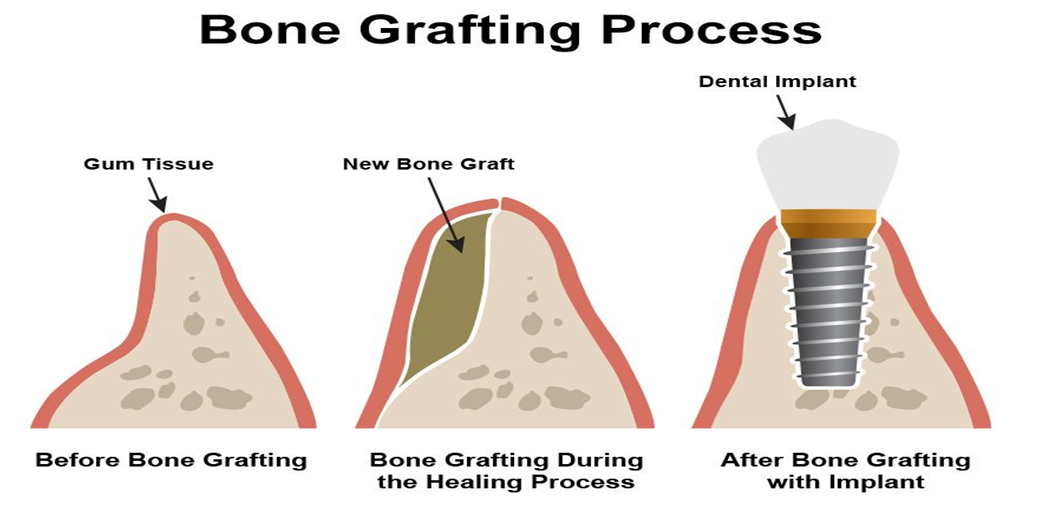- Courses
- GS Full Course 1 Year
- GS Full Course 2 Year
- GS Full Course 3 Year
- GS Full Course Till Selection
- Online Program
- GS Recorded Course
- NCERT (Recorded 500+ Hours)
- Polity Recorded Course
- Geography Recorded Course
- Economy Recorded Course
- AMAC Recorded Course
- Modern India, Post Independence & World History
- Environment Recoded Course
- Governance Recoded Course
- Science & Tech. Recoded Course
- International Relations and Internal Security Recorded Course
- Disaster Management Module Course
- Ethics Recoded Course
- Essay Recoded Course
- Current Affairs Recoded Course
- CSAT
- 5 LAYERED ARJUNA Mentorship
- Public Administration Optional
- ABOUT US
- OUR TOPPERS
- TEST SERIES
- FREE STUDY MATERIAL
- VIDEOS
- CONTACT US
BONE GRAFTING TECHNOLOGY
BONE GRAFTING TECHNOLOGY
01-04-2024
The Indian Institute of Technology Kanpur (IIT-K) has joined hands with Canada-based biotechnology company Conlis Global Inc. to license an innovative new technology that promotes bone healing and regeneration.

What is Nano Hydroxyapatite-based Porous Composite Scaffolds?
-
About:
- Nano-hydroxyapatite (nHAp) composite scaffolds are biodegradable and possess osteoinductive and osteopromotive properties, making them suitable for bone regeneration applications.
- Osteoinductive properties are properties that promote the creation of new bone,
- Osteopromotive properties enhance osteoinduction without having osteoinductive properties.
- The scaffolds exhibit excellent biocompatibility, facilitating favorable cell-material interactions with osteoblast cells. Furthermore, they exhibit high mechanical strength, which results from the strong interaction between the polymer network and the solvent.
-
Characteristics:
- Having osteoinductive and osteopromotive properties, this material exhibits bone healing and growth characteristics.
- The high biocompatibility of these materials enables effective cell-material interactions with osteoblast cells, resulting in significant mechanical strength and seamless integration between the polymer network and the solvent.
- Osteoblast cells are responsible for bone mineralization during bone formation and bone remodeling.
-
Applications:
- Calcium phosphate is widely used in the medical field, especially in orthopedic and dental implants, bone graft substitutes, coatings for prosthetic devices, and scaffolds for tissue engineering.
- Functional scaffolds, when used as fillers in large-sized bone defects, maintain connectivity and structural integrity, providing comfort without compromising oxygenation and blood circulation.
- Calcium phosphate enhances tissue formation, mineralization, and accelerates defect healing.
What is Bone Grafting?
-
About:
- Bone grafting is a surgical technique that involves using transplanted bone to repair and reconstruct diseased or injured bones.
- This method can be used to repair bones anywhere in the body.
- To obtain bone for grafting, surgeons can obtain it from a variety of sources, including hips, legs, and ribs.
-
Objective:
- The primary objective of the invention is to overcome the shortcomings of existing treatments.
- Other options are associated with infection and immune-related complications.
- This technology provides delivery of active molecules, antibiotics or any other drug into the bone to deal with bone decay, reconstruction of irregular bone defects and dental applications.
- The primary objective of the invention is to overcome the shortcomings of existing treatments.
-
Functions:
- The material allows the bone to regenerate in a natural way by carrying bone-active biomolecules and placing them directly on the site where the implant is placed.
- This material can be used to repair and reconstruct bone problems while avoiding the problems and difficulties of the technologies in the market today.
- Functional scaffolds can be used to fill large bone defects without harming oxygen and blood flow, which helps tissue growth, mineralization and faster defect healing.
- It can also be used in place of bone implants, which has limitations.
Must Check: Best IAS Coaching In Delhi



